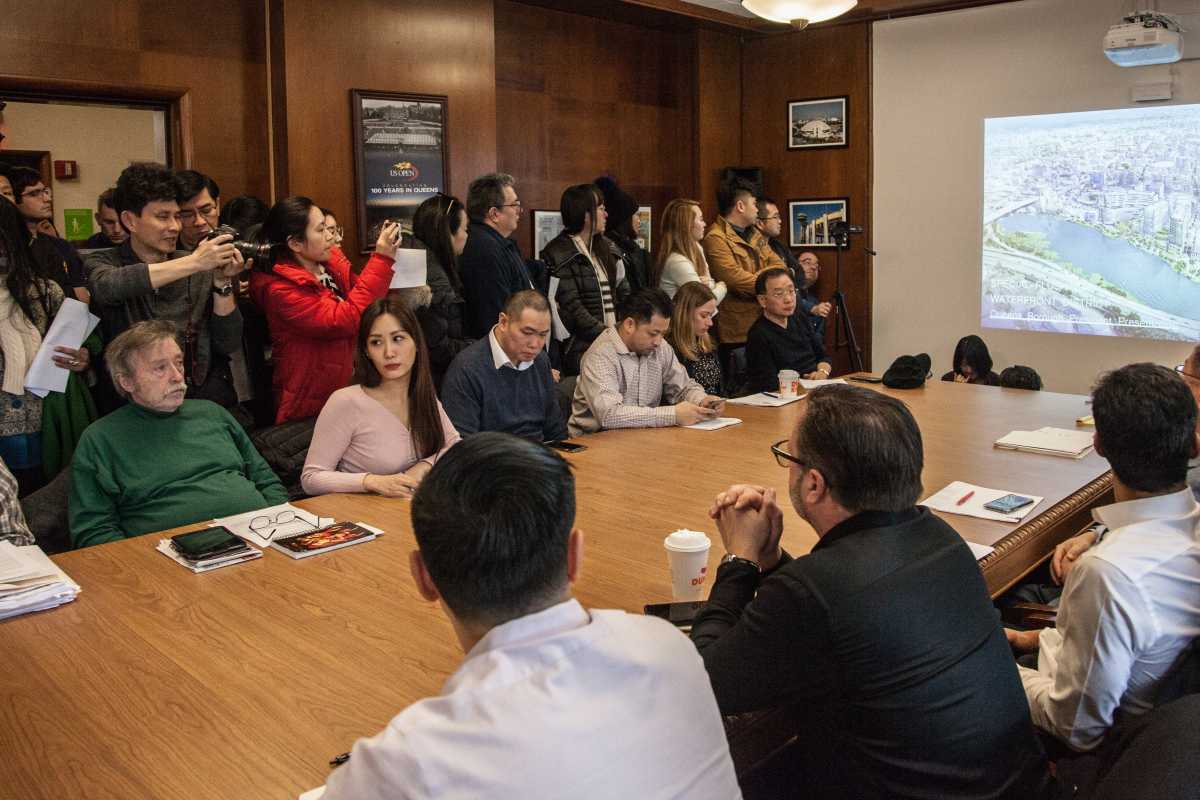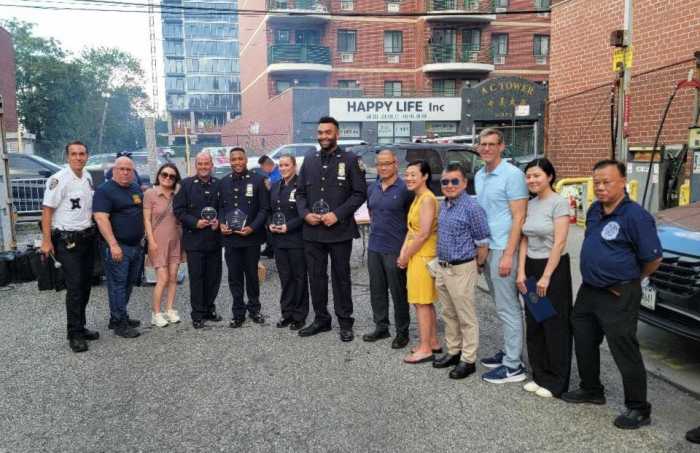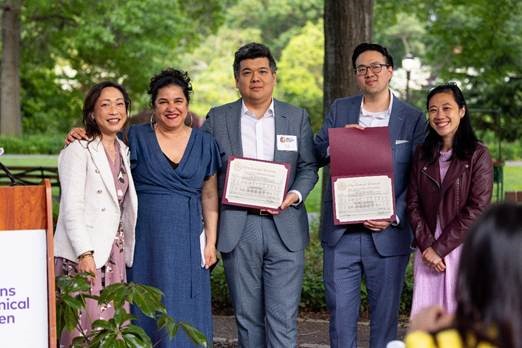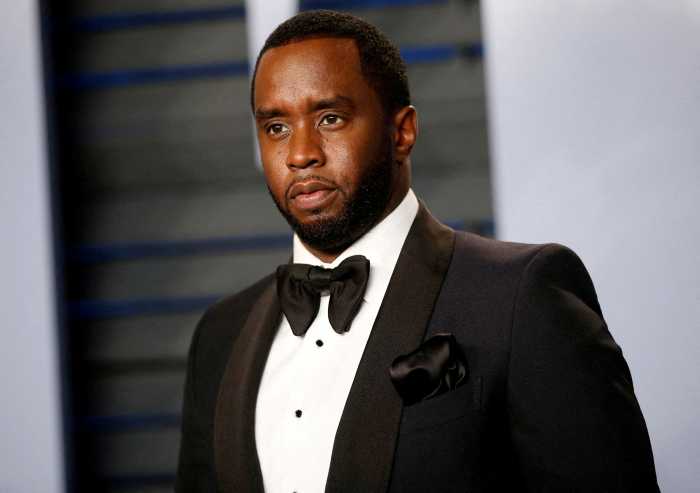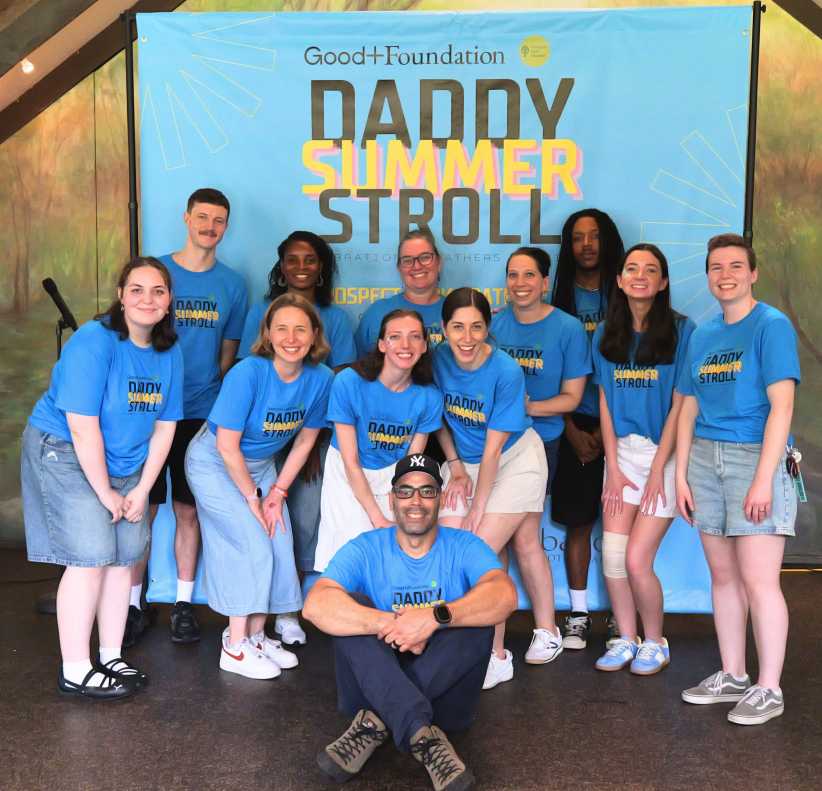Flushing residents crammed into the borough president’s conference room at Borough Hall on Thursday, Feb. 20, to voice their opinions on the contentious Flushing Waterfront Rezoning proposal that would transform the 29-acre piece of land along Flushing Creek.
In her lines of questioning, Acting Borough President Sharon Lee sought to hammer out the details of the project’s public benefits and inquire about what happened at the tense Community Board 7 hearing, during which the board approved the project.
The three-hour hearing began with a presentation from FWRA LLC, a partnership of three developers who own the majority of property along the creek, before opening up for public testimony.
The plan would create a 29-acre waterfront district that would lead to the construction of 1,725 new apartments, 879 new hotel units, a new road system, an open waterfront path, offices, retail and community center space.
After listening to the presentation, Lee scrutinized the proposal’s affordable housing offerings, asking whether there was any set aside for seniors. There is not, according to Ross Moskowitz, the legal counsel to the FWRA. He added that it would offer between 75 and 90 units of affordable housing, of which 50 percent would be reserved for residents in the surrounding community district.
Lee proceeded to get the FWRA representatives to clarify that their proposed stormwater drainage system would cost $7 million in private funds. The sewage drainage is common concern among residents, who complain about the smell of Flushing Creek and environmentalists who have fought to decontaminate the body of water for years.
“What would happen to those benefits if the proposal were nixed?” Lee asked.
Moskowitz claimed that two of the sites are ready to start putting the construction process as-of-right immediately if the rezoning does not go through.
The hearing shed uncertainty on the position of Flushing Councilman Peter Koo, who will have a decisive role in assessing the proposal in the next phase of the ULURP process. Ross Moskowitz, claimed definitively that the councilman spoke in favor of the project the Land Use Committee. But Joe Sweeney, CB7 chair of the committee in charge of the project, said that the councilman did not make it clear whether he intended to approve the project at the meeting.
According to a transcript of the meeting in question that FWRA provided to QNS, Koo said that he thought the project would be a “very good development for Flushing.”
“Right now this piece of land here is of no use and it’s been sitting vacant for how many years… ten years? We now have 3 developers pooling their resources together to make this beautiful project,” Koo said. “The city and the developers will win; this will be their legacy.”
Lee also asked Sweeney what accounts for the difference in the votes between the community board’s Land Use Committee — which voted 15-1 in favor — and the general vote, which went 30-8 in favor of the rezoning.
“I can’t read their minds. But some people on the community board might have been confused because if you vote it down, you’re not going to get the affordable housing,” said Sweeney.
At the unruly general meeting in question, which was packed with protesters against the project, community board members raised concerns over the developer’s lack of commitment to providing union jobs, the potential negative effects of real estate speculation on the neighborhood and lack of community input.
In his public testimony, John Choe, CB7 member and executive director of the Greater Flushing Chamber of Commerce, raised another process-based objection to the plan, which came up during the community board vote. Choe said he would not support the project without an Environmental Impact Statement (EIS), a detailed city report that analyzes the effects of a rezoning.
“The Department of City Planning said that this proposal did not require an EIS, which we thought was an incorrect call on their part. Because how do you build such a large development in the most densely populated part of the city in Queens? It’s absurd,” said Choe.

